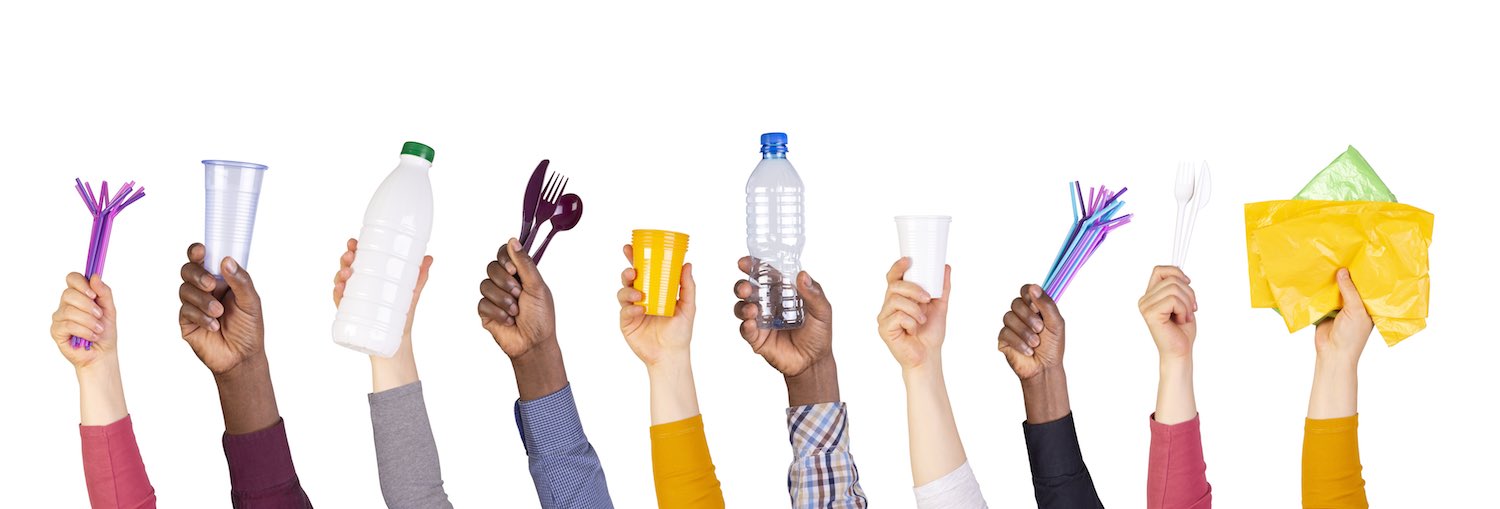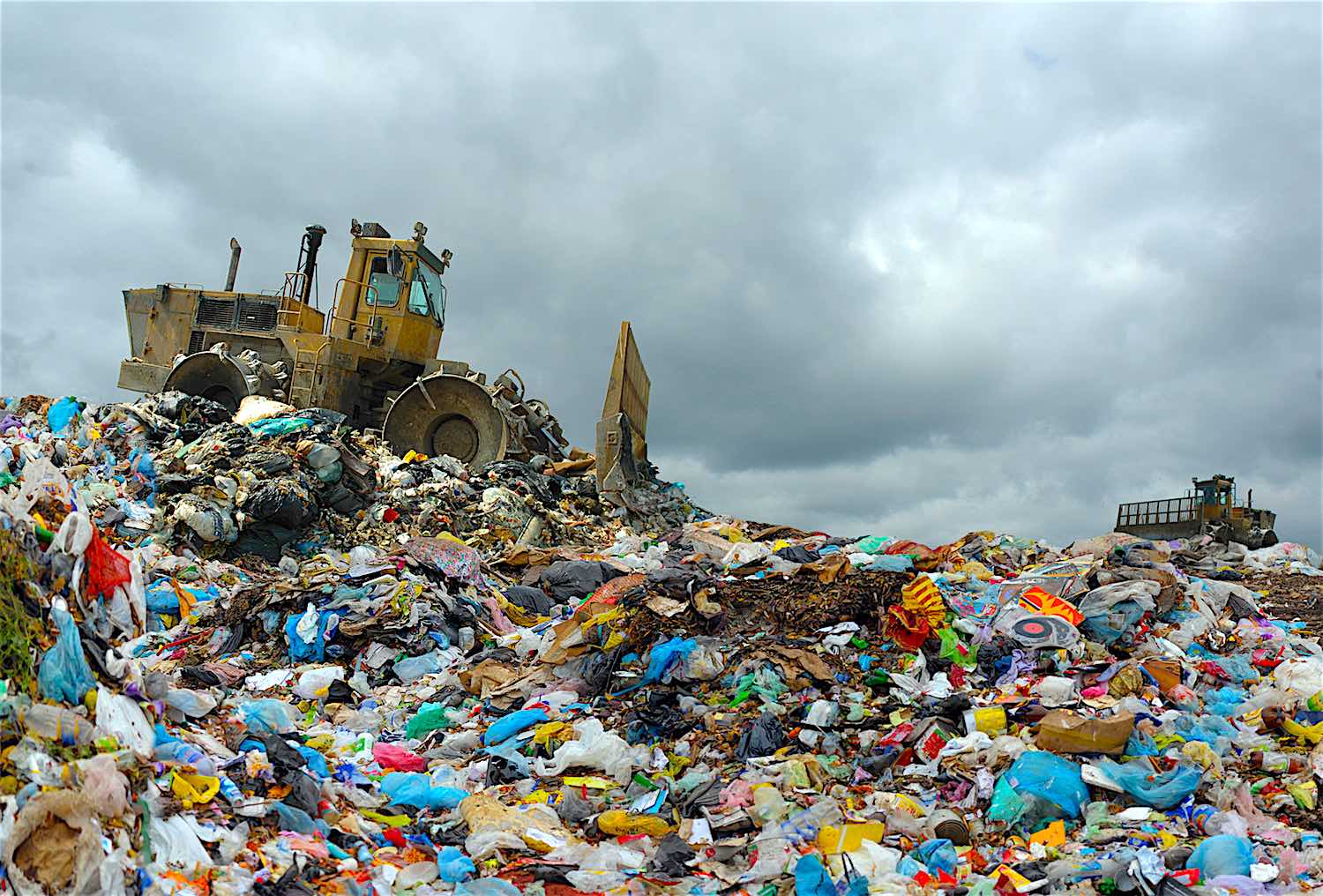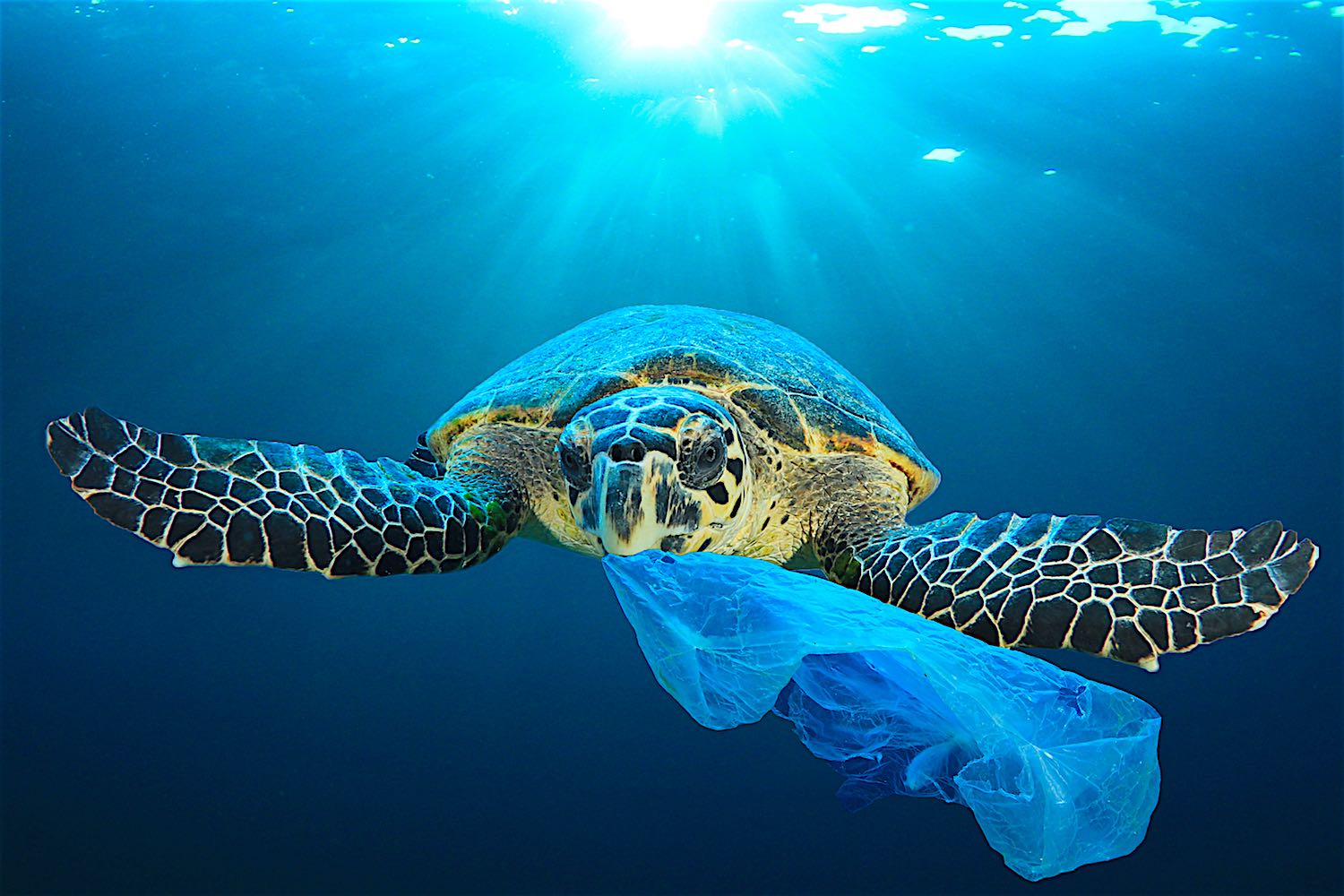Facts About Single Use Plastics
Our planet is literally saturated in plastic, now more than ever before. Scientists even declare that by the year 2050, there could easily be more plastic (calculated by weight) than fish in our oceans.

Single Use Plastics Statistics
Humankind produces over 300 million tonnes of plastic each year worldwide but only 10-13% of it is recycled. Instead, most plastics end up in landfills, buried at the bottom where it slowly seeps into the environment over time with 10% of it ending up in the ocean.
The economic damage caused by plastic waste in the Asia-Pacific region alone, costs tourism, fishing and shopping industries $1.3 billion a year and the total economic damage to the world’s marine ecosystem amounts to approximately $13 billion a year.
Despite these concerning stats, disposable plastics are still everywhere you look. Whether it be the plastic bags supplied at the local shop, the takeaway cup for your morning coffee or even the little plastic stirrer available next to the sugar.
Other examples include: plastic straws, plastic bottles, plastic bottle caps, plastic toothbrushes, plastic cutlery, food packaging, takeaway containers and cigarette butts.
Yes, there is plastic in cigarette butts. They are made of non-biodegradable cellulose acetate and are the biggest offenders, littered literally everywhere along many of the beaches as well as inland.

The Dangers of Single Use Plastics
Disposable plastics can cause significant harm, not only to our planet but to all living creatures too – including ourselves.
Most single use plastic is made from petroleum with extra additives used in order to shape and harden the plastic. Petroleum itself is not biodegradable but over time, breaks down into tiny particles called micro-plastics.
These micro-plastics then release toxic chemicals into the environment, which eventually make their way into our food and water supply. Once consumed, these chemicals can then enter our bloodstream and cause serious health problems within the human body.
Polystyrene foam (or simply, Styrofoam) can take thousands of years to decompose providing a popular breeding ground for various insects, including mosquitoes, which can then increase cases of disease such as malaria.
Highly Toxic Chemicals

If ingested, the highly toxic chemicals contained can damage our organs and nervous system.
In some countries, particularly in Asia, plastic waste is often burned to provide heat when cooking or for warmth. This then releases toxic emissions and in turn, exposes people and the immediate environment to harmful gas.
Of course it isn’t just humans that can be affected, both marine and land animals also suffer the consequences of our actions.
Avoid Plastic Bags
There are various worldwide cases of wildlife being found with numerous plastic bags in their stomachs or becoming entangled in litter, even strangled to death.
Marine animals especially, can mistake plastic for food. Turtles for instance, may confuse a floating plastic bag with a jellyfish.
They then either choke to death or their airways become blocked, clogging their stomachs. If then eaten by a larger animal, that animal would also consume the plastic.
Fish that come into contact with micro-plastics, who are then caught and brought to land for food, have a very real possibility of showing up on our plate of seafood still carrying those incredibly harmful micro-plastics.

What can be done to reduce Single Use Plastic
There are definitely some things that need to be implemented in order to make a force for good worldwide.
Improving waste management practices, using alternative materials and raising awareness being only a few. Education is key and the more people that switch on, the more lives we can change.
What Can We Do?
There are several ways to help and make a difference to this beautiful planet of ours by avoiding single use plastics as much as possible.
Instead of buying multiple plastic bottles of water, why not provide yourself with a reusable water bottle?
There are many varieties available, in all different designs and you can find refillable water stations all over Thailand.

Reusable Products Reduce Single Use Plastic
There has been a huge increase in reusable cups lately, especially for hot drinks. You can find very fashionable ones including glass coffee cups that you can ask the vendor to fill up for you. In fact in some shops, you even get a discount for bringing your own.
Much in the same way as the reusable coffee cup, why not also grab your own takeaway container? Avoid the polystyrene container at all costs.
Go one step further and treat yourself to some reusable cutlery too. If lugging kitchen cutlery around is too bulky for you, there are many portable shapes and sizes available and with some designs, can also be folded up neatly and discreetly.
Cigarette Butt Challenge

If a smoker, do not add to the count of cigarette butts on the ground but instead, dispose of the butts properly in a rubbish bin. Take part in a cigarette butt challenge.
Rather than being supplied with a plastic straw, politely decline and invest in your own reusable straw. Stainless steel or bamboo reusable straws are very inexpensive, come in many sizes, look smart and last longer too.
Most stainless steel ones will also come with a cleaning device! Whatever drink you happen to have, you can most definitely find a reusable straw for it.
How about implementing some changes in your daily hygiene routine? Plastic combs and disposable razors can easily be upgraded for metal ones.
Swap your shampoo and conditioner bottles for shampoo bars and your shower gel for a bar of soap.

Koh Tao and Single Use Plastic
There are many land and water based activities available for visitors to this lush tropical island and equally lots of reduction measures in place to reduce the scourge of single use plastic.
Koh Tao is like many other locations around the world and aside from the idyllic tropical lifestyle, amazing viewpoints and expansive bays, it has a single use plastic problem.
You can participate in beach clean-ups, which are very family friendly and can be a lot of fun. It is a great voluntary activity and a chance to meet like-minded people and do your bit for the environment.
If you are visiting on a short itinerary and plan to take a scuba diving course or enjoy the snorkel trips around the island, take note of what are using and where your rubbish ends up.
Remember and please be aware that Koh Nangyuan island is plastic free and you will not be allowed to visit the island if a cursory look inside your bag upon arrival reveals a plastic bottle.
Local Businesses

Koh Tao local businesses, voluntary groups and individuals have introduced reduction initiatives including many of the shops by not providing plastic bags and many reusable products are now available.
If you are planning to visit Koh Tao, please be aware of your plastic use and consider how you can help by making small changes in personal use and be aware of how plastic affects the land and marine life.


















